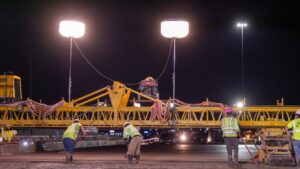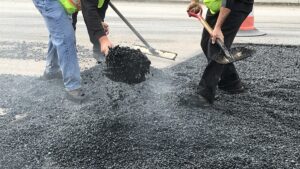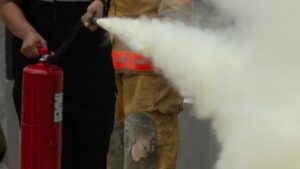
Posts by Jim Wood

Contractors are required to have at least one person on the worksite with first aid training. However, it is a...
Read More
Reduced visibility during night construction can increase the amount time it takes for a motorist to see and respond to...
Read More
In the United States, hearing loss is the third most common chronic physical condition after high blood pressure and arthritis....
Read More
Potential hazards during roadway construction and asphalt paving include: Getting struck by heavy equipment and vehicles. Radiant heat from hot...
Read More
High-visibility safety apparel is personal protective safety clothing that is meant to make you more visible (conspicuous) during both daytime...
Read More
Pathogens are bacteria, viruses or other microorganisms that can cause disease. Bloodborne pathogens are infectious microorganisms in human blood, saliva...
Read More
A fire on a construction site can result in serious injuries and loss of materials, equipment and even lives. All...
Read More
Approximately 50 people, on average, are killed by lightning strikes each year and others suffering permanent disabilities, such as severe...
Read More
What Is Heat Stress? Working muscles need a greater blood flow to cool the body. The body needs to shift...
Read More





